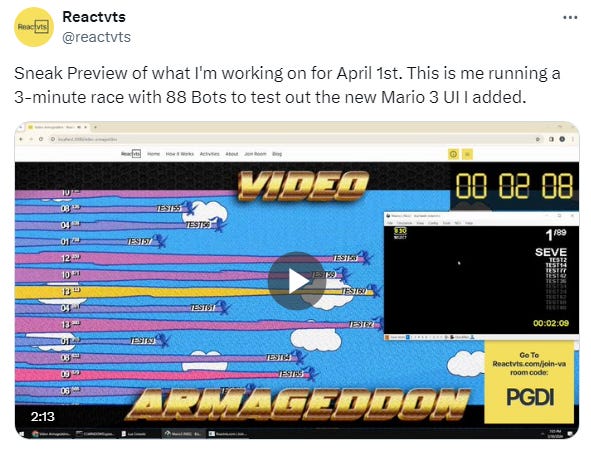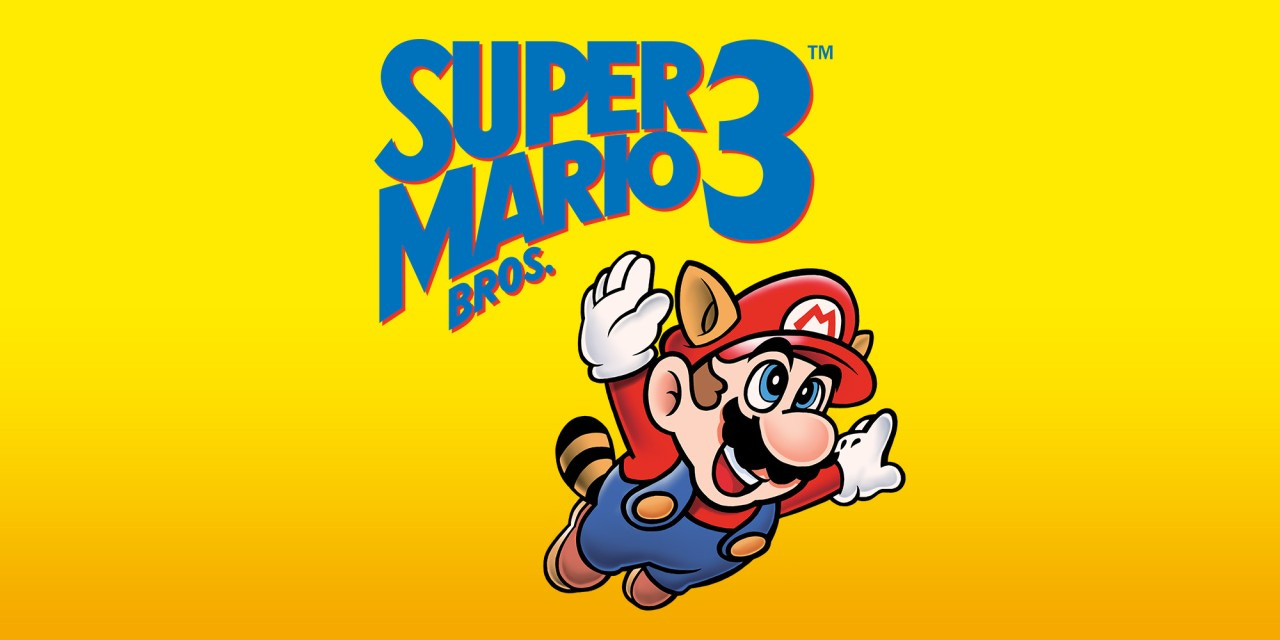One Father Started Hacking Old Video Games to Help His Daughter Enjoy Them
Younger players are coming to games with different expectations, and we should expect it to eventually change video games, too.
Every once and a while, my oldest will grab the Super Mario Bros. Game & Watch that Nintendo produced a few years ago and poke around. Inevitably, she hands the device back after realizing how brutal old school games are. Death is rampant, checkpoints either don’t exist or are much rarer, and you spend a lot of time replaying old levels.
Nintendo Switch Online, at least, lets players rewind their actions in real-time. It’d be neat to have more granular controls over the experience, but a rewind does most of the work, and honestly, moves these older games closer to the mold of newer ones.
I’m guessing Crossplay readers have encountered similar situations, especially if you’re a parent or caregiver who’s been introducing video games with a sense of history. But web developer Seve Savoie Teruel came across this phenomenon in a funny way.
Last year, Teruel wanted to reproduce this “Video Armageddon” scoreboard from 1989’s video game movie The Wizard. In the scene, which takes place near the end of the movie, this board tracks the players playing Nintendo’s Super Mario Bros. 3:
What a movie. We used to be a society, etc.
No such tracker exists in real-life, but Teruel wanted to change that. To test the functionality of Teruel’s own “Video Armageddon,” he created a “race director” to manipulate the game being played. In the case of Super Mario Bros. 3, it means the director can slow the game down, pause it, speed things up, take away power-ups, etc.
Once it was up and running, Teruel turned to an in-home tester: his 10-year-old.
“She loves Minecraft, Kirby, and Mario Maker 2,” said Teruel, “so I figured it wouldn't be a problem for her to play the first few levels of Mario 3 with me. She couldn't beat the first level. She has no problem with most Roblox obstacle courses using iPad touch controls but can't make it over the first pit in the game. She was struggling and she was getting frustrated.”
I figured playing modern 3D Mario games with my oldest daughter would be our path towards understanding how game controls work. Instead, Roblox taught her. Funny enough, when then played games with a physical controller, she could immediately sense how much easier it was to get around, because she had more control.
Imagine that!

Teruel noticed the frustration was from not picking up on mechanics that might feel obvious to older gamers, like holding and releasing B to run, pick up items, etc. He could tell that without intervention, his daughter was likely to put the game down.
“I stopped ‘racing’ alongside, loaded the race director, and gave her 99 lives,” he said. “Every time she got hurt, I'd give her the Tanooki Suit again. Every time she got near a pit, I hit the save state button, so if she missed, she would start right back before the jump. She was instantly having more fun and getting better at the game.”
This reminds me of times I’ve played a game with my kid, where I’m only running point and trying to prevent her from dying. But Teruel’s takeaway is an important one, because the way children are learning game design these days is fundamentally different. We grew up with console game logic building on arcade game logic.
“It's interesting explaining to her how 90s console games were mostly holdovers from arcades with ‘lives,’” said Teruel. “At her age, [for me] it was either ‘I rented this game and that's all I'm getting this weekend’ or ‘I asked for this for my birthday so it's all I'm getting until Christmas.” We didn't have the luxury of choice like she has.”
Nintendo has come a long way in this regard, but Super Mario Bros. Wonder, despite being pitched at families, didn’t feel like it had enough options for everyone. “Lives” were a problem for my family while playing Wonder, ultimately alienating my youngest:
“Interestingly, what ended up being the biggest drag for our family play session is also one of the most archaic systems still present in modern Mario: lives. Whereas old school Mario games used to kick players back to the start if they ran out of lives, these days it’s mostly a slap on the wrist. And that’s if you ever sniff the game over screen, which is rare. But in Wonder, the lives are shared between players, which means the worst performing player ends up dragging everyone else down. In this case, my three-year-old, playing as Toadette, kept dying over and over, depleting our stock of lives.
The punishment for not having any lives is frankly brutal: if you die a single time on the next level, you’re done for the entire course, and my youngest started crying, because she was being left out while the rest of us were continuing to play the game.”
Teruel did some additional work while his daughter slept, coming up with a mod that tried to make this older Mario game function more like a newer Mario game automatically. When she woke up the next day, Teruel had her try out the experiment.
“It did help, but after she threw herself into a pit a dozen times while cackling, she went off to play Minecraft,” he said. If the ‘time to easy and fun’ bar is too high, she has endless other games she'd rather play.”
Children today are growing up with a different mentality with games and difficulty. It’s likely to have a profound impact on the games that are made in the future, as well.
Teruel’s creation was driven by a desire to help his kid, but he saw other applications.
“I realized that it's not just young kids who may struggle with retro games,” he said. “People with disabilities might also benefit from having more options than just ‘save states’ or ‘rewind’ as their only way to make it more accessible. I googled and didn't see anyone else doing anything similar.”
The result of what Teruel calls “Retro Accessibility,” a collection of tweaks designed to make older games “more accessible to new players and people with disabilities.”
Retro Accessibility is an ongoing project, and you can download it via GitHub.
Have a story idea? Want to share a tip? Got a funny parenting story? Drop Patrick an email.
Also:
“Retro Accessibility” is such a cool idea, and I genuinely hope it takes off.
I actually forgot Switch Online has the rewind feature, because I can definitely see my oldest finding the ability to time warp video games to be a real hoot.
How do you handle older video games with your kids? Please share your stories in the comments, because I’m sure people have taken different approaches to it.





I ran into a similar problem as Mario Wonder but with DKC Tropical Freeze while playing with my seven year old. Just the presence of a health counter seemed to have a chilling effect, even when playing as Funky Kong (and she’d insist on playing as Diddy anyway). We gave up pretty quickly and went back to (what else?) Minecraft.
She can hold her own quite well in Mario Kart, though. Even without the accessibility options turned on
A bummer about Super Mario Wonder: there's a character who doesn't take any damage, but they also can't use any items. A kid-unfriendly combination!